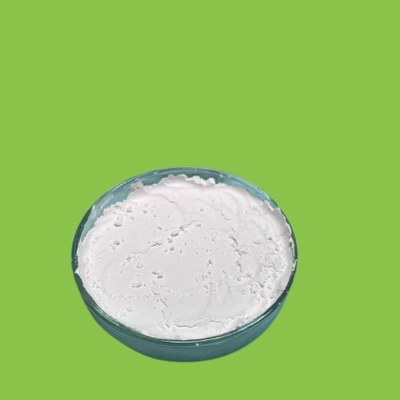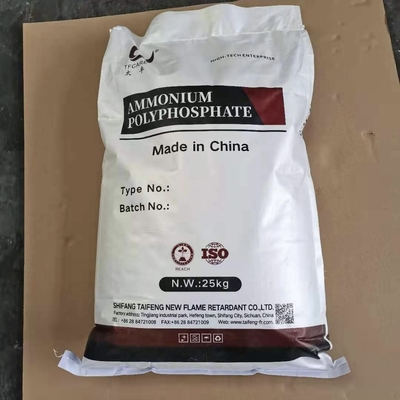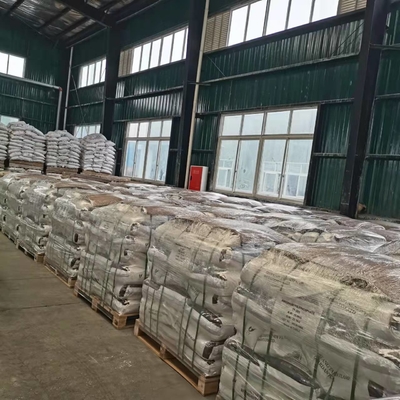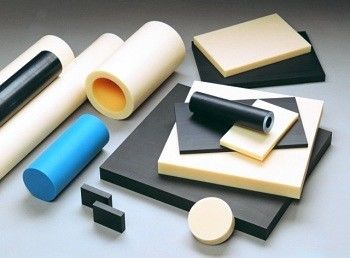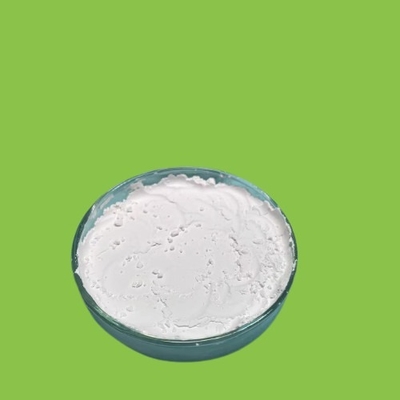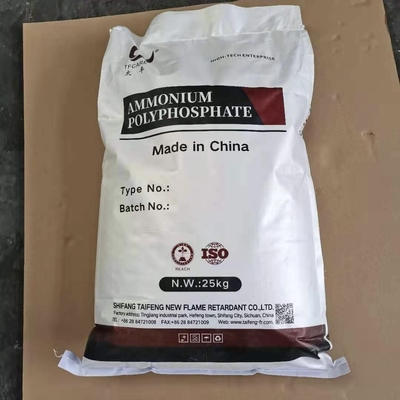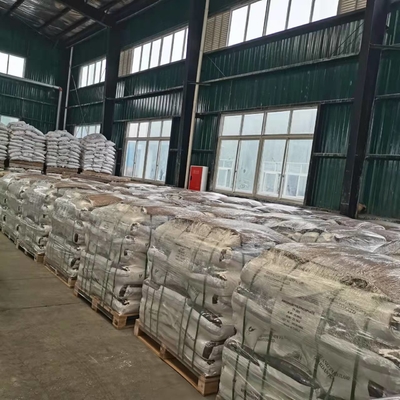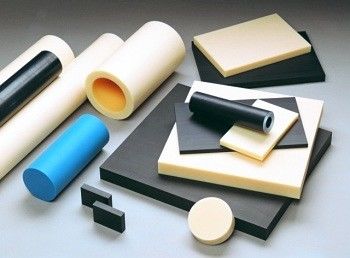-
Ammonium Polyphosphate Flame Retardant
-
Intumescent Flame Retardant
-
Halogen Free Flame Retardant
-
Fabric Flame Retardant
-
APP Ammonium Polyphosphate
-
Wood Flame Retardant
-
PP Flame Retardant
-
Additives For Adhesives And Sealants
-
Water Based Fire Retardant
-
Paper Fire Retardant
-
PU Flame Retardant
-
Halogen Free Fire Retardants
-
AP422 CROS484 Equal Type
UL94 V0 halogen free Flame Retardant for PP With P-N Synergies

Contact me for free samples and coupons.
Whatsapp:0086 18588475571
Wechat: 0086 18588475571
Skype: sales10@aixton.com
If you have any concern, we provide 24-hour online help.
x| HS CODE | 28353990 | CAS NO | 68333-79-9 |
|---|---|---|---|
| Molecular Formula | (NH4PO3)n | Polymerization Degree | N>1000 |
| Application | PP/HDPE/PE | Halogen | Free |
| Self Life | 1 Year | Flame Retardatn Mechanism | Inhibit Chain Reaction |
| Color | White Powder | Storage | In Dry And Cool Place |
| Highlight | UL94 V0 PP Flame Retardant,UL94 V0 Flame Retardant,PP Flame Retardant UL94 V0 |
||
UL94 V0 PP Flame Retardant With P-N Synergies
Product description: TF-241 mainly contains P and N, is a kind of halogen free environmentally friendly flame retardant for polyolefin. It has been developed especially for various PP. Containing acid source, gas source and carbon source, TF-241 takes effect by char formation and intumescent mechanism.
Advantage: The flame retardant PP treated by TF-241 has better water resistance. It still has good flame retardant (UL94-V0) performance after boiling 72 hours in 70℃ water.
PP(3.0-3.2mm) with 22% TF-241 can pass the tests of UL94 V-0 and GWIT 750℃ / GWFI 960℃.
PP (1.5-1.6mm) with 30% addition volume of TF-241 can pass the tests of UL94 V-0.![]()
Technical Data Sheet / Specification:
| Specification | TF-241 |
| Appearance | White powder |
| P content (w/w) | ≥22% |
| N content (w/w) | ≥17.5% |
| Moisture (w/w) | ≤0.5% |
| PH value(10%aq,at 25℃) | 7.0-9.0 |
| Viscosity(10%aq,at 25℃) | <30mPa▪s |
| Decomposition Temperature | ≥270℃ |
| Average particle size ( D50) | 14-20µm |
| Average particle size ( D100) | <100µm |
| Solubility(10%aq,at 25℃) | <0.70g/100ml |
Characteristics :
1. White powder, good water resistance.2. Low density, low smoke generation.3. Halogen-free and none heavy metal ions.
Application:TF-241 is used in homopolymerization PP-H and copolymerization PP-B . It is widely used in
flame retardant polyolefin like steam air heater and household appliances.
Reference Formula for 3.2mm PP (UL94 V0):
| Material | Formula S1 | Formula S2 |
| Homopolymerization PP (H110MA) | 77.3% | |
| Copolymerization PP (EP300M) | 77.3% | |
| Lubricant(EBS) | 0.2% | 0.2% |
| Antioxidant (B215) | 0.3% | 0.3% |
| Anti-dripping (FA500H) | 0.2% | 0.2% |
| TF-241 | 22% | 22% |
Mechanical properties based on 30% addition volume of TF-241. With 30% TF-241 to reach UL94 V-0(1.5mm)
| Item | Formula S1 | Formula S2 |
| Vertical flammability rate | V0(1.5mm) | UL94 V-0(1.5mm) |
| Limit oxygen index (%) | 30 | 28 |
| Tensile strength (MPa) | 28 | 23 |
| Elongation at break (%) | 53 | 102 |
| Flammability rate after water-boiled (70℃,48h) | V0(3.2mm) | V0(3.2mm) |
| V0(1.5mm) | V0(1.5mm) | |
| Flexural modulus (MPa) | 2315 | 1981 |
| Melt index (230℃,2.16KG) | 6.5 | 3.2 |
Packing : 25kg/bag, 24mt/20’fcl without pallets, 20mt/20’fcl with pallets. Other packing as request.
Storage: in dry and cool place, keeping out of moisture and sunshine, min. shelf life one year.![]()
- Non-halogenated flame retardant based on ammonium polyphosphate, which develops its effectiveness through phosphorus/nitrogen synergism
- Non-halogenated flame retardant with favorable environmental and health profile
- When incorporated into thermoplastics, it exhibits high processing stability
- Differs in its mode of action from chlorine- or bromine-containing flame retardants by achieving its effect through intumescence
- May be used in polypropylene, PP-copolymers, and PP-blends
- In compounding a reduced water uptake, less contamination of the water bath and less soapiness of the polymer strength is observed
- Low smoke density and low smoke gas corrosivity
- Excellent UV stability
- Good recyclability
![]()
FAQ
Q1. What is your terms of payment?
A: T/T 30% as deposit, and 70% before delivery. We'll show you the photos of the products and packages before you pay the balance.
Q2. How about your delivery time?
A: Generally, it will take 1 to 15 days after receiving your advance payment. The specific delivery time depends on the items and the quantity of your order.
Q3. Can I have a sample order?
A. Yes, we can provide free sample for quality checking, but the courier charge should be paid by your side.
Q4. Do you test all your goods before delivery?
A: Yes, we have 100% test before delivery.




